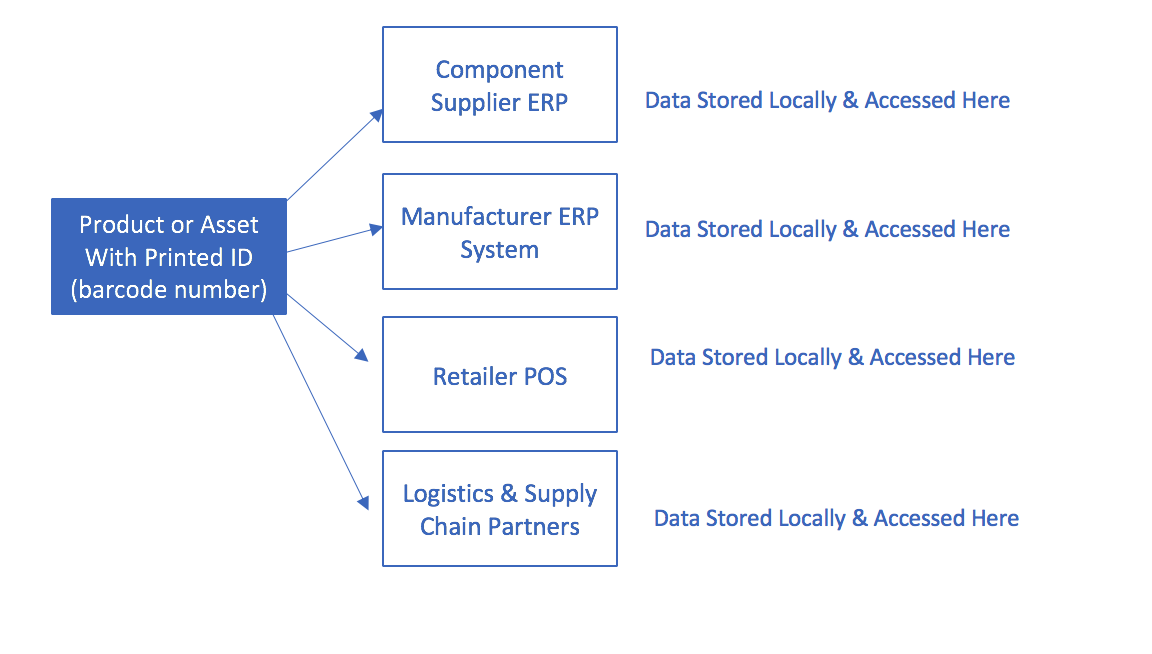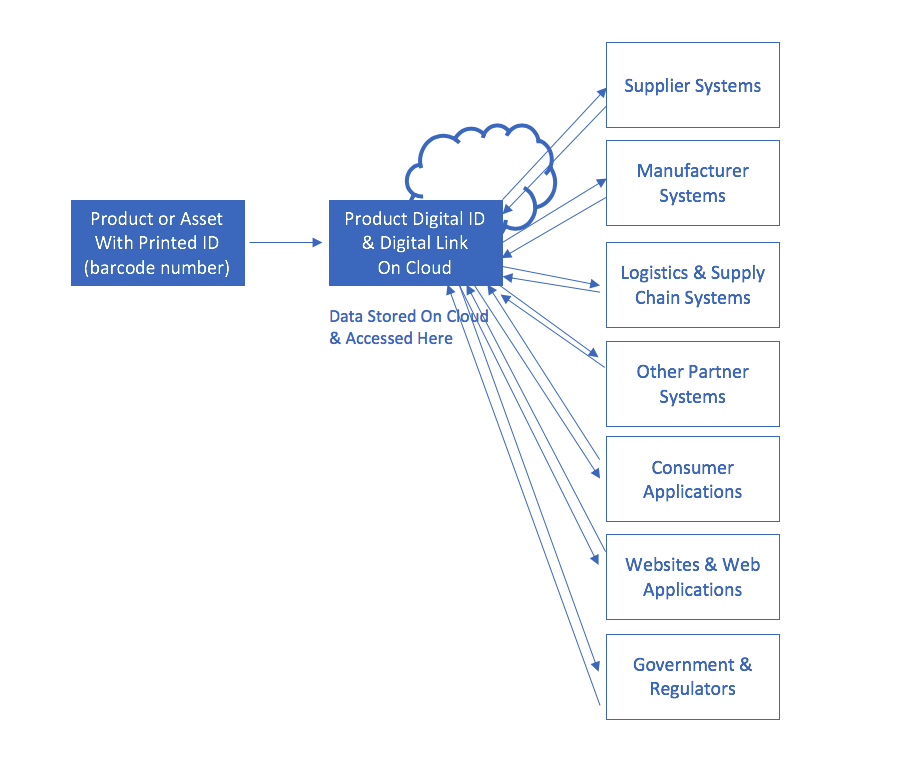As the world has drastically shifted gears in a bid to tackle the Covid-19 crisis, a lot of what we’ve been reading is how rapidly so many people around the world are mobilizing in different ways together. There are groups collaborating to research vaccines and get certain drugs to places they’re needed. There are groups working on rapidly developing, often 3d printing and shipping out components, medical devices or critical equipment and testing kits. There are those working round the clock to ensure essential consumer products and supply chains are still able to get food and other essentials to people. At the same time, there’s a lot of effort going into knowing where stocks of these critical items are. How much is at which location? How many of an item have come into a hospital location? How much of a commodity such as wheat is stuck at a warehouse or in transit and how long would it take to get it to where it needs to be?
If anything has become any clearer in these weeks, it is the role Digital Identification and tracking of assets as well as ordinary consumer items such as groceries. Its significance now and in the years to come. And not just Digital Identification in the form of a barcode or ID readable internally within one part of the organization, one retail chain, one transport company or in some silo within the supply chain. A new age Digital ID which is accessible by all stakeholders over the internet, universally accessible and enables identification and tracking of items to anyone may need access globally.
Traditional Identification Systems

New Digital Identification Systems

With traditional business systems, as a product or rolls off the factory floor, an identification number is generated simultaneously and printed on the product. The identifier is then used within separate systems built and maintained by the different stakeholders for their own requirements. As the product attributes and data sit locally within each of these systems, tracking is usually restricted to the scope of each of these applications or systems and doesn’t go beyond that. For example, once a product or item goes from the manufacturer to the retailer, the manufacturer often no longer has access to where that item is.
With Digital Identification & tracking, as the product rolls off the factory floor it’s assigned the printed barcode but also a digital identifier on the web which can also be coupled with a central data model for all the attributes related to the item as well as a digital link that can be accessed via a browser or API by any application or system that requires to read or write data about the product as it goes through its lifecycle. This will result in better access to everyone that needs information around the item including transparency information, traceability information, safety information and more. It will also result in smarter applications and systems driven by the ability to exchange real-time information about the product as it moves and insights that will drive sustainability, less waste and greater efficiencies.
The need to have greater visibility and tracking of items moving within a premises or from one location to the next and be able to track items at a more granular level has been magnified these past weeks. Smarter identification and tracking through digital IDs and digital links however isn’t just applicable to the present crisis. It’s means to a more efficient, more sustainable and smarter future.



